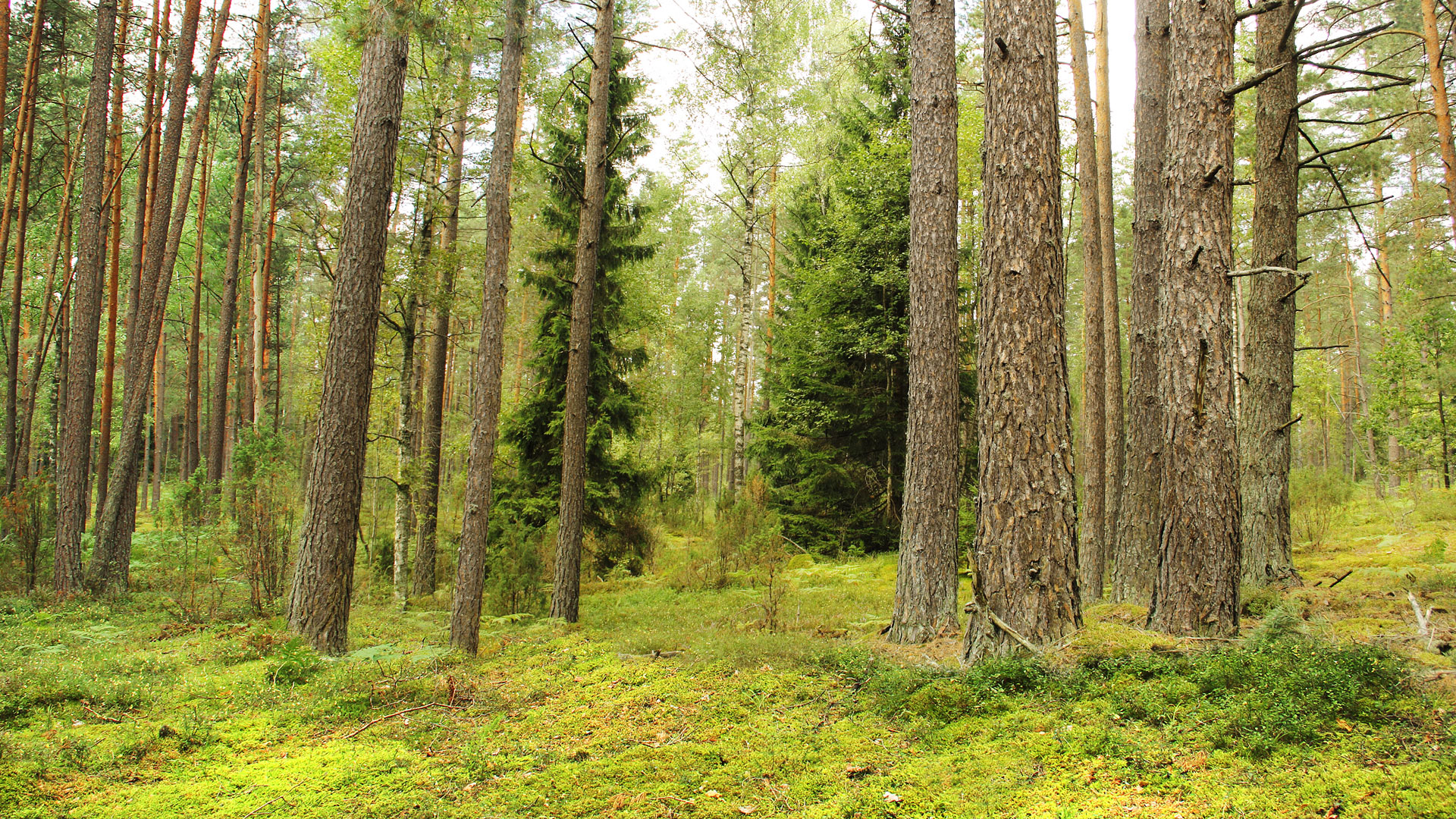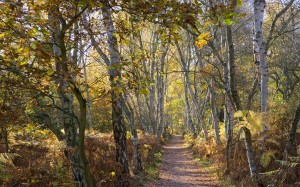-
close X

Biodiversity
The rich diversity of tree species in Lithuania is a particularly favourable factor for forest natural regeneration. The more diverse the forest, the easier it regenerates without human involvement. Mixed conifer-broad-leaf forests with trees of different ages are more resistant to diseases, pests, fire and damage from wind.
Although Lithuanian forests are dominated by pine and fir (spruce ), one-fifth of the country’s forests consists of birch and, to a lesser extent, black alder, grey alder and aspen. As they were strongly affected by disease over the past decade, ash forests have become extremely rare. Mature oak trees are protected in Lithuania as they are elsewhere.

About lithuanian forests
Forests in Lithuania cover more than one-third of the country and probably no less a part of the Lithuanian heart. The forest is so important in our country’s folklore that we are one of the few countries in the world where children are given the names of trees: Eglė (Norwegian spruce), Ąžuolas (oak), Liepa (linden)…
While managing forests we understand and take into account all social, economic and ecological factors. We respect the forest, its history and the benefits it gives to people and the entire country.


